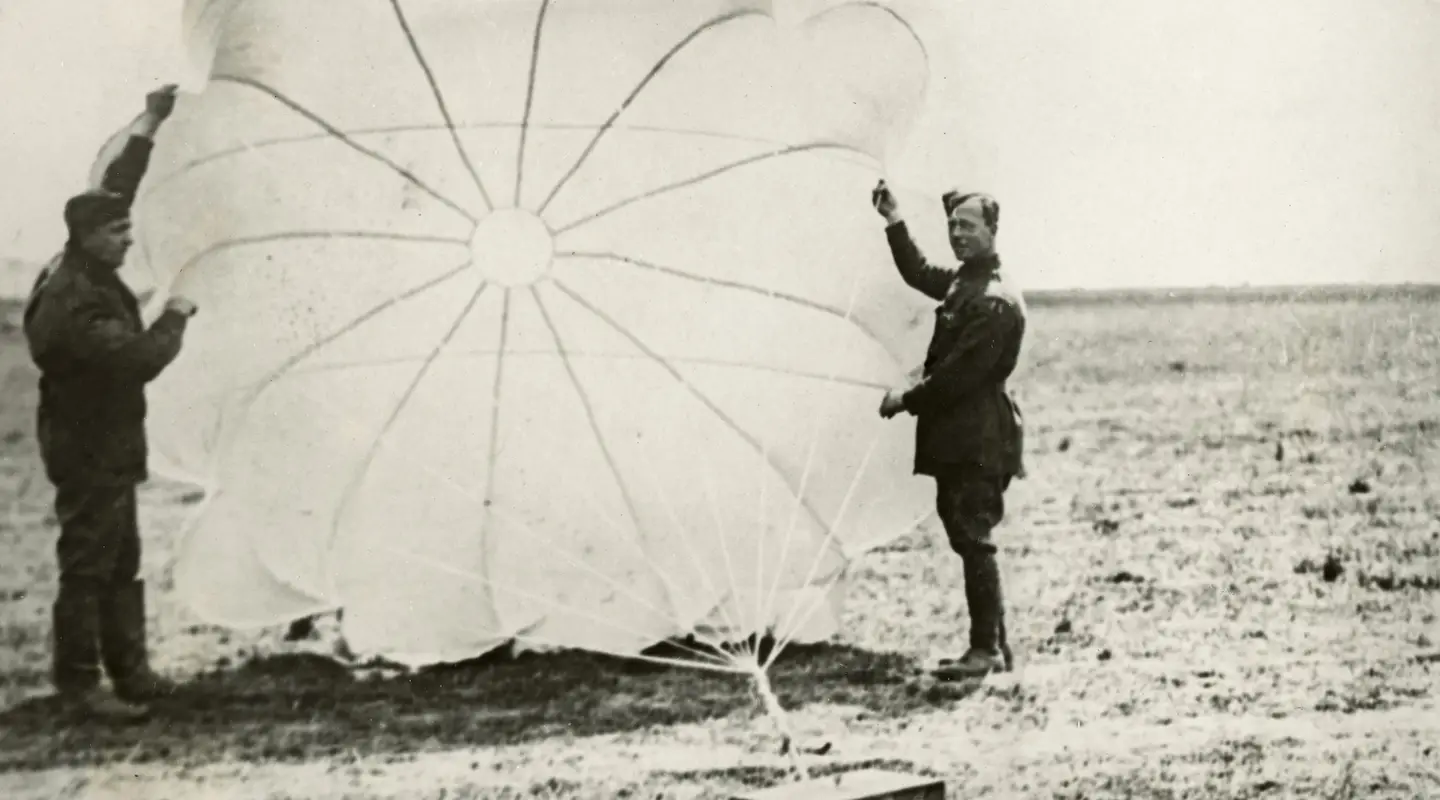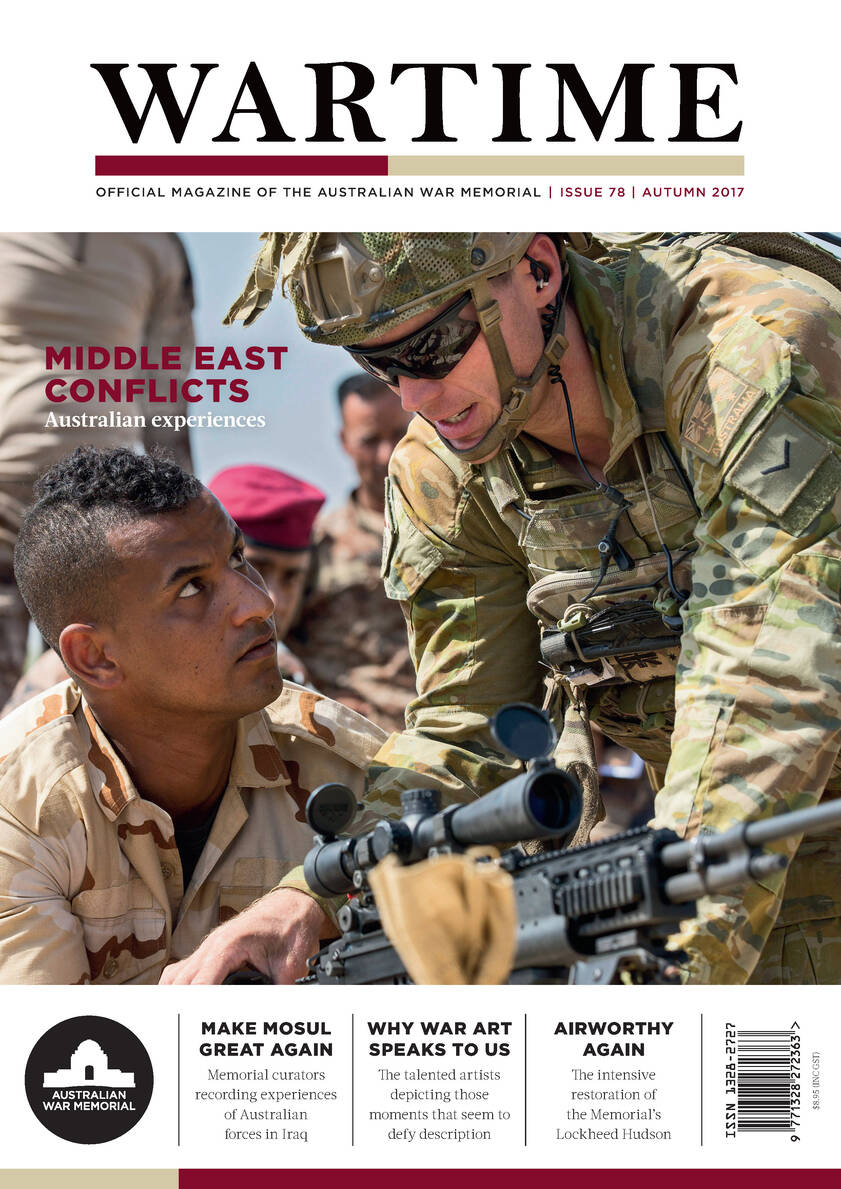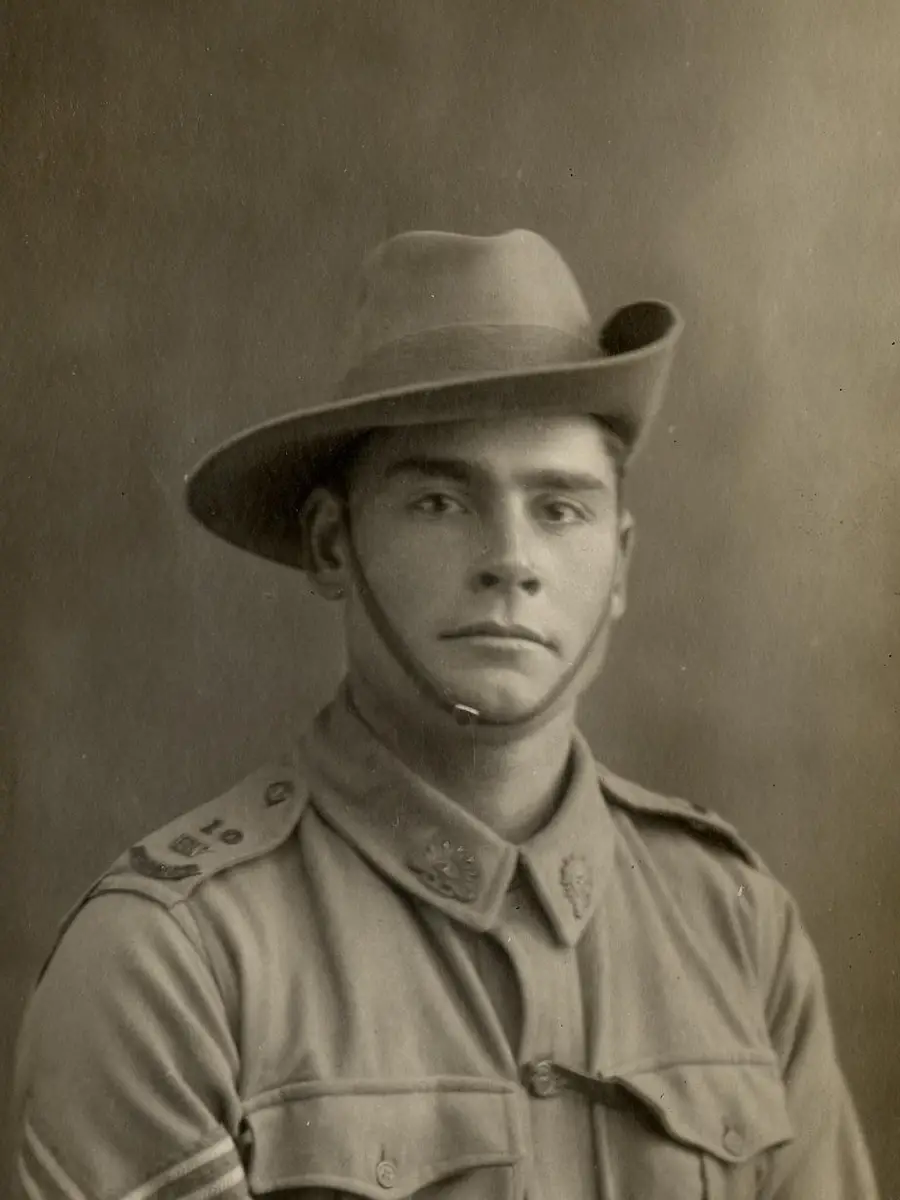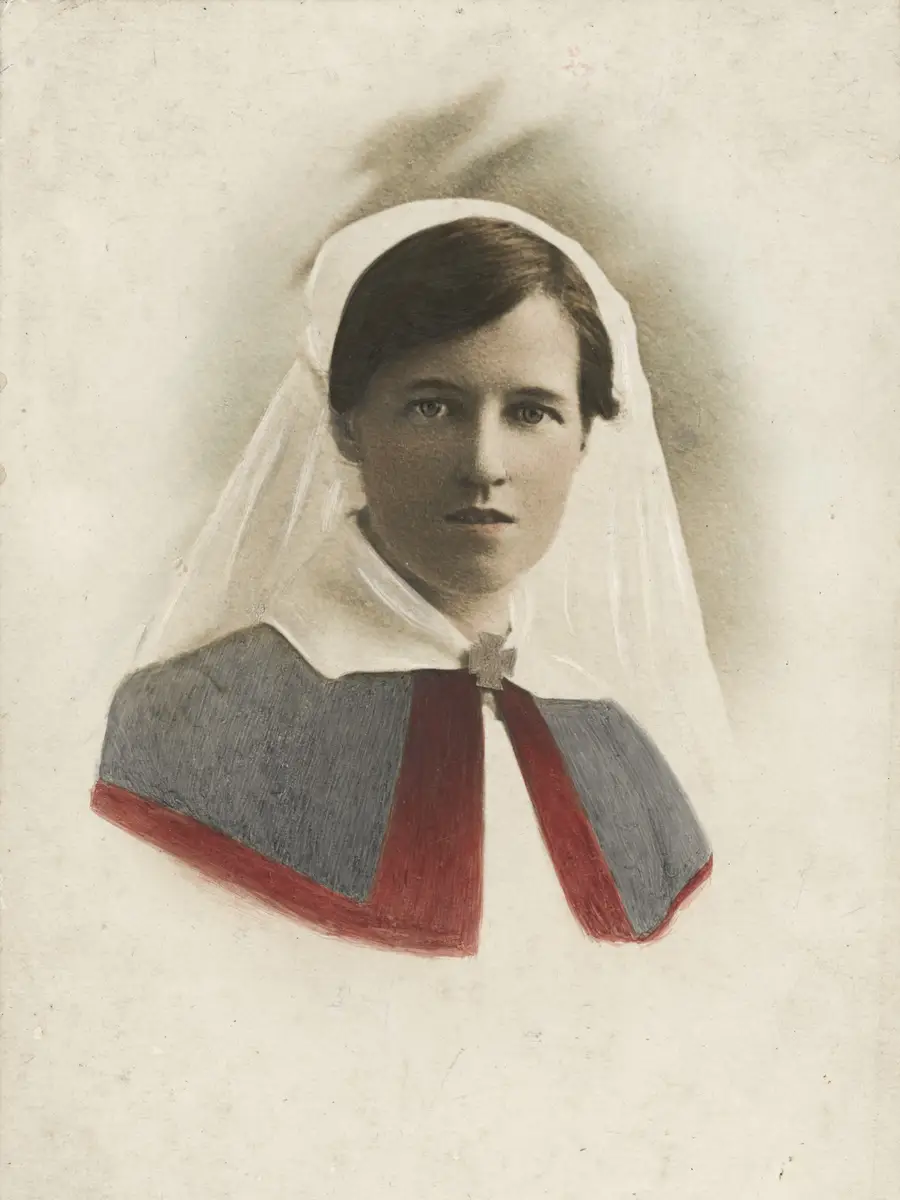An innovation at the Battle of Hamel was created by the father of Australian aircraft industry - Sir Lawrence James Wackett.
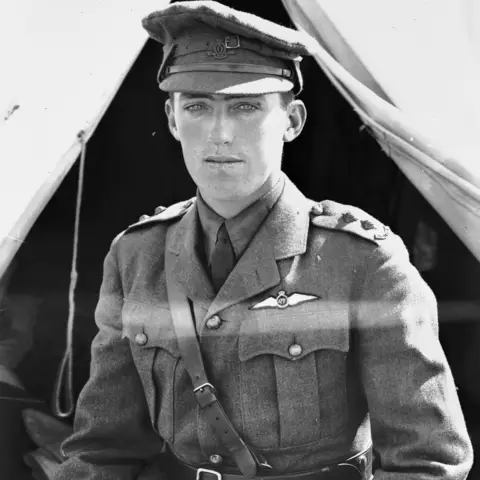
Lieutenant Lawrence Wackett c 22 March 1916
In June 1918 Captain Lawrence Wackett, No. 3 Squadron, Australian Flying Corps, was tasked by Lieutenant General John Monash to invent a system that could resupply ammunition to soldiers at the front who were cut off by the enemy, and perhaps save time and men in the process.
Wackett developed the system in just nine days. Adapting bomb racks used on RE8 aircraft, his system could drop two boxes per aircraft, totalling 2,304 rounds of .303 ammunition.
With approval from Monash and General Sir Henry Rawlinson, No. 3 Squadron spent 10 days adapting bomb racks and making more than 100 parachutes in one of their hangars before the system was first tested at Hamel on 4 July.
During the battle, No. 3 Squadron conducted artillery and counter-attack patrols, reconnaissance flights and aerial photography.
In their place, 13 aircraft from No. 9 Squadron RAF flew 51 sorties over the battlefield, successfully dropping more than 90,000 rounds of ammunition.
No. 9 Squadron suffered the loss of two RE8s during the battle, one brought down by one of its own supply parachutes, which snagged on the aircraft, damaging one of the wings. The other RE8 was shot down by German aircraft. Several boxes failed to deploy and some drifted into enemy lines or trees, but overall the use of Wackett’s system at Hamel was a success, and supplemented ammunition brought in by men and supply tanks.
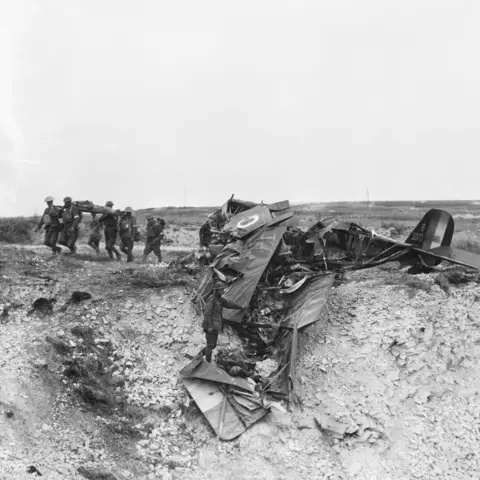
One of two aircraft from No. 9 Squadron that crashed during the battle of Hamel. Witnesses from 43 Battalion said a parachute damaged the aircraft, which crashed, killing the pilot and observer.
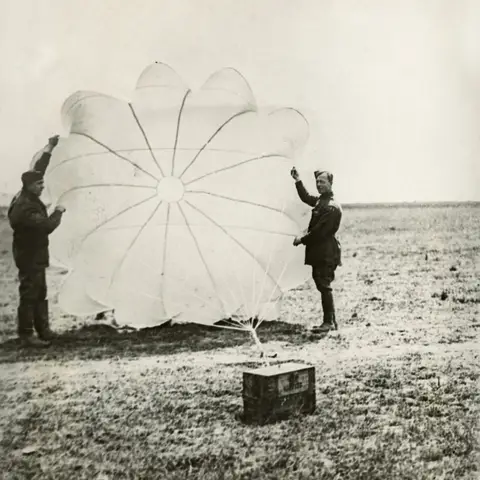
Members of No. 3 Squadron with one of the parachutes for dropping ammunition by RFC/RAF units from mid-1918.
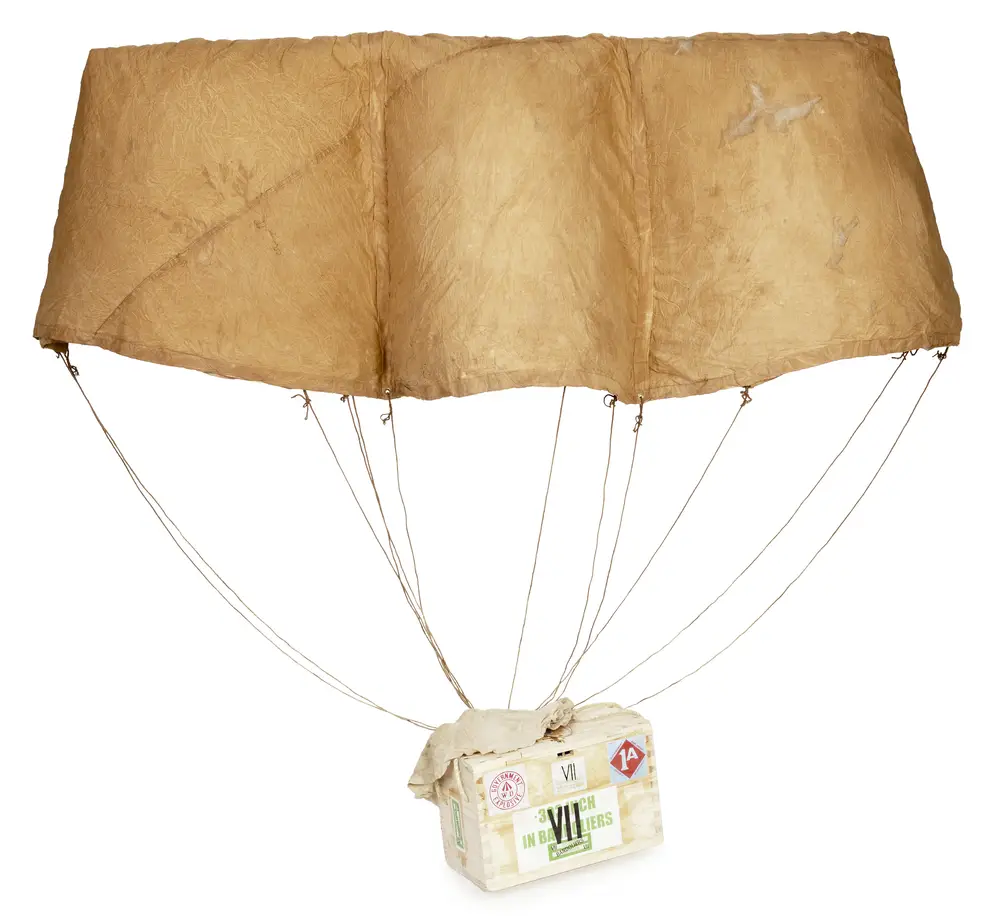
A parachute made by 3 Squadron, Australian Flying Corps, recovered from Vaire Wood, used during the Battle of Hamel.
